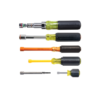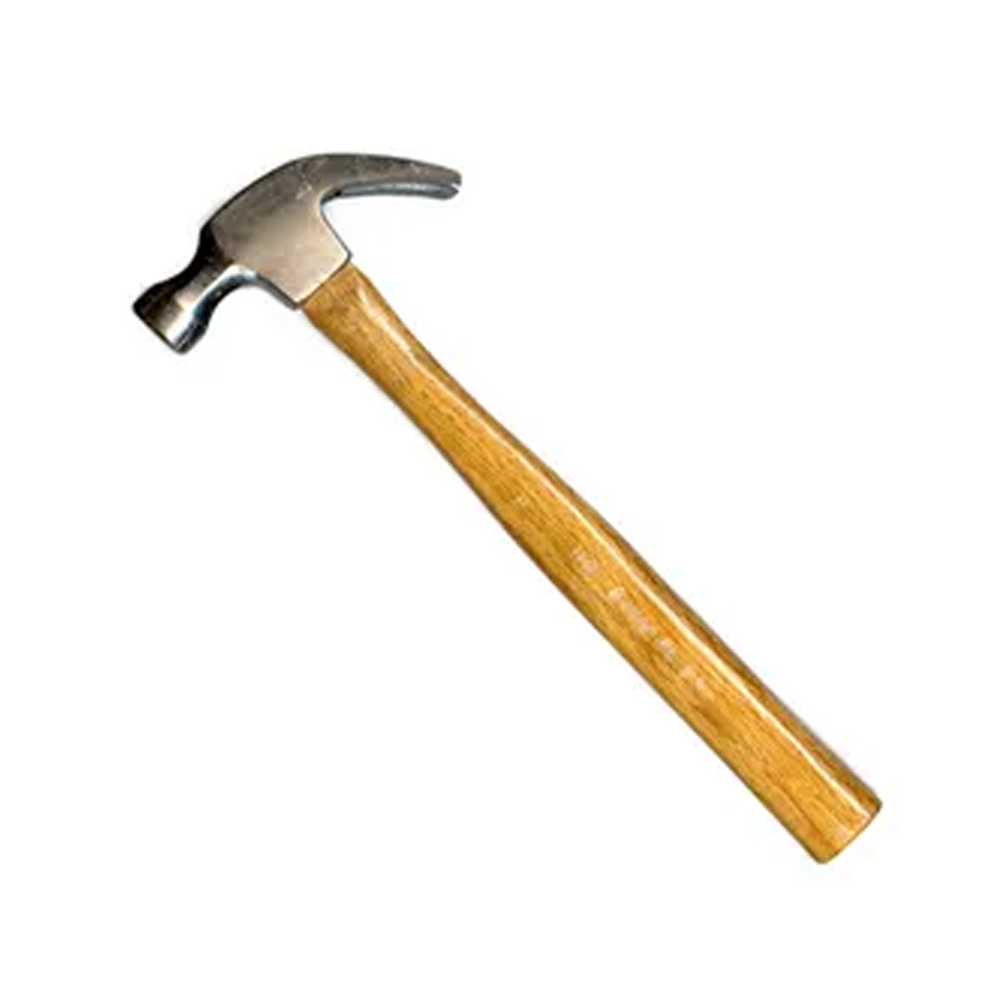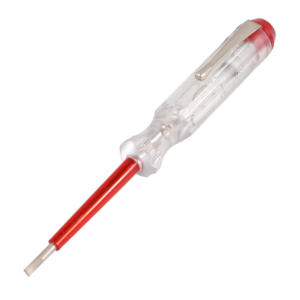🚚 Fast Delivery | ⭐ Best Quality | 📞 24/7 Support
+971 2 552 3918
info@coolwaybm.com
- Power Tools & Machinery
- Fire and Safety Equipement
Fire and Safety Equipement
- Adhesives
- Plumbing & Sanitary
- Packing Materials
Packing Materials
- Abrasives
- Carpentry
- Welding Accessories
Welding Accessories
- Fasteners
- Lock & Furniture Accessories
Lock & Furniture Accessories
- A/C Refrigeration
- Electrical
Electrical

د.إ1.00
You can add any HTML here
We suggest you to create a Saved Template in Dashboard -> Templates -> Saved Templates and use it by switching content type above to Saved template.
A hammer is one of the most versatile and widely used hand tools across various industries, including construction, carpentry, and home improvement. It consists of two main parts: the head and the handle. The head is typically made of a solid metal, such as steel or iron, and is designed to deliver a powerful strike, while the handle is usually made of wood, fiberglass, or steel to provide comfort and control during use.
The most common type of hammer is the claw hammer, which features a flat striking face for driving nails and a curved, forked end (the claws) that are used for pulling nails out. This tool is particularly favored in carpentry and general construction tasks. The striking face can come in different sizes, depending on the job at hand. Claw hammers are available in various weights, with typical models ranging from 8 to 20 ounces, with heavier versions used for more demanding tasks.
Another widely known hammer is the sledgehammer, which is designed for heavy-duty work. It features a larger, heavier head and a longer handle, making it suitable for demolition, breaking up concrete, and driving large stakes or posts into the ground. Sledgehammers come in various sizes, with heads often weighing from 2 to 20 pounds, allowing the user to select the appropriate weight for the task.
A mallet is another type of hammer, distinguished by its softer, non-metallic head, usually made from wood, rubber, or plastic. Mallets are used when a softer blow is needed to avoid damaging the workpiece, such as when assembling furniture or tapping chisels during carving.
The choice of hammer depends on the job. For light-duty tasks such as driving nails into wood or assembling furniture, a small, lightweight claw hammer is ideal. For heavier work, such as breaking rocks or driving metal stakes, a sledgehammer is better suited. The material of the handle is also important—wood handles provide a traditional, comfortable grip, while fiberglass or steel handles offer added durability and less vibration, reducing hand fatigue during extended use.
Overall, the hammer is an indispensable tool in any toolkit, offering durability, versatility, and power. It remains a fundamental instrument for both professional tradespeople and DIY enthusiasts.
There is £4.99 charge for delivery under £50 Orders. Additional charges will be imposed by our couriers for delivery to remote area, a surcharge may be levied to cover carriage to these areas.
Hammer
د.إ1.00
- A hammer is a hand tool used for driving nails, breaking objects, and shaping materials.
- Typically consists of a heavy head and a long handle.
- The head is made of metal, and the handle is often wood, fiberglass, or steel.
- Commonly used in construction, carpentry, and maintenance tasks.
- Various types include claw hammers, sledgehammers, and mallets.
A hammer is one of the most versatile and widely used hand tools across various industries, including construction, carpentry, and home improvement. It consists of two main parts: the head and the handle. The head is typically made of a solid metal, such as steel or iron, and is designed to deliver a powerful strike, while the handle is usually made of wood, fiberglass, or steel to provide comfort and control during use.
The most common type of hammer is the claw hammer, which features a flat striking face for driving nails and a curved, forked end (the claws) that are used for pulling nails out. This tool is particularly favored in carpentry and general construction tasks. The striking face can come in different sizes, depending on the job at hand. Claw hammers are available in various weights, with typical models ranging from 8 to 20 ounces, with heavier versions used for more demanding tasks.
Another widely known hammer is the sledgehammer, which is designed for heavy-duty work. It features a larger, heavier head and a longer handle, making it suitable for demolition, breaking up concrete, and driving large stakes or posts into the ground. Sledgehammers come in various sizes, with heads often weighing from 2 to 20 pounds, allowing the user to select the appropriate weight for the task.
A mallet is another type of hammer, distinguished by its softer, non-metallic head, usually made from wood, rubber, or plastic. Mallets are used when a softer blow is needed to avoid damaging the workpiece, such as when assembling furniture or tapping chisels during carving.
The choice of hammer depends on the job. For light-duty tasks such as driving nails into wood or assembling furniture, a small, lightweight claw hammer is ideal. For heavier work, such as breaking rocks or driving metal stakes, a sledgehammer is better suited. The material of the handle is also important—wood handles provide a traditional, comfortable grip, while fiberglass or steel handles offer added durability and less vibration, reducing hand fatigue during extended use.
Overall, the hammer is an indispensable tool in any toolkit, offering durability, versatility, and power. It remains a fundamental instrument for both professional tradespeople and DIY enthusiasts.
There is £4.99 charge for delivery under £50 Orders. Additional charges will be imposed by our couriers for delivery to remote area, a surcharge may be levied to cover carriage to these areas.
Reviews
There are no reviews yet.
Buy more save more!
Buy from 2 to 4 items and get 10% OFF
on each productBuy from 5 to 8 items and get 15% OFF
on each product- Free shipping on all orders above 50,00
- No hassle returns, 30 days return
- Next day delivery within your country











Reviews
There are no reviews yet.